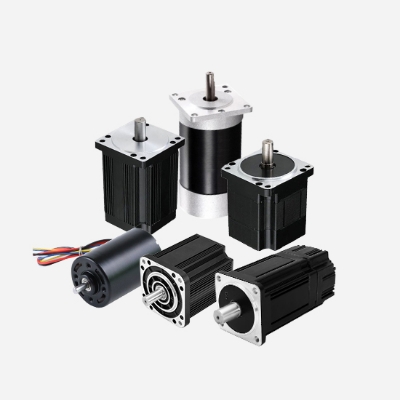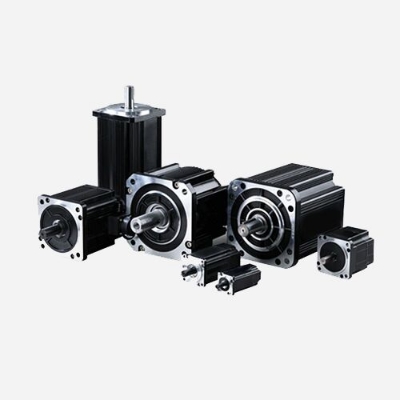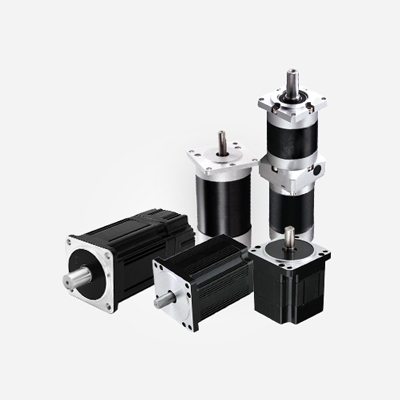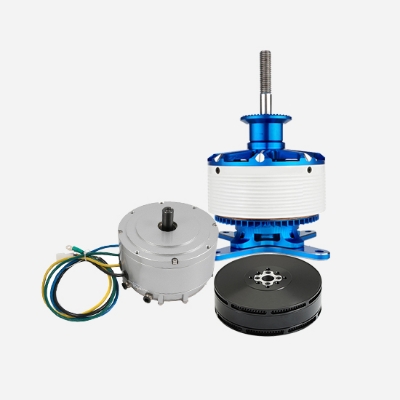A planetary gear motor is a type of gear system that combines the principles of epicyclic gearing to achieve specific advantages in terms of torque, compactness, and efficiency. Selecting the right planetary gear motor is a critical decision that can significantly impact the performance and efficiency of your machinery or system. Planetary gear motors are known for their compact design, high torque output, and precise control, making them versatile for various applications. Next, we will explore the key factors to consider when choosing a planetary gear motor.

Tips for choosing a planetary gear motor
As a widely used transmission device, planetary gear motors can be used as a supporting component in lifting, excavation, transportation, construction and other industries. It has a wide range of specific applications, compact structure, high transmission efficiency, and can reduce the speed of the motor while increasing the output. torque. Choosing a suitable planetary gear motor is crucial to the operational stability and efficiency of mechanical equipment. Before choosing a planetary gear motor, we need to consider some specific factors.
- Torque Requirements: Start by understanding the torque requirements of your application. Identify the maximum and minimum torque values needed for optimal performance. Planetary gear motors are renowned for their ability to provide high torque in a compact form, making them suitable for demanding applications.
- Speed and Gear Ratio: Determine the required output speed for your application. The gear ratio of the planetary gearbox will directly impact the motor's speed. Select a gear ratio that aligns with your specific speed requirements, considering both input and output speeds.
- Motor Size and Power: Assess the available space for the motor in your system. Planetary gear motors come in various sizes and power ratings. Ensure that the motor's physical dimensions and power specifications align with the space constraints and power source capabilities of your application.
- Efficiency and Precision: Evaluate the efficiency and precision requirements of your application. Planetary gear motors are known for their high efficiency and low backlash. Consider these factors, especially if your application demands precise motion control and minimal play between gear teeth.
- Operating Conditions: Consider the environmental conditions in which the planetary gear motor will operate. Factors such as temperature, humidity, and exposure to dust or corrosive substances can affect the motor's performance. Choose a motor with appropriate protection ratings to ensure durability in specific operating conditions.
- Mounting Options: Assess the available mounting options for your application. Planetary gear motors offer versatility in mounting positions, but it's essential to ensure compatibility with your specific setup. Consider factors such as shaft orientation and available mounting space.
- Budget Considerations: Establish a budget for your motor selection. Planetary gear motors come in a range of prices based on their features and specifications. While it's crucial to meet your application requirements, finding a balance between performance and cost efficiency is essential.
- Manufacturer Reputation: Choose a reputable manufacturer known for producing high-quality planetary gear motors. Research customer reviews, testimonials, and the manufacturer's track record to ensure reliability and longevity. A reliable manufacturer often provides comprehensive technical support and warranty options.
- Customization Options: Evaluate whether the manufacturer offers customization options. Depending on your specific application needs, having the ability to customize certain features such as shaft size, materials, or special coatings can enhance the motor's suitability for your project.
Choosing the right planetary gear motor requires a thorough understanding of your application's requirements and careful consideration of various factors. By assessing torque, speed, size, efficiency, operating conditions, mounting options, budget, manufacturer reputation, and customization possibilities, you can make an informed decision that aligns with the unique demands of your machinery or system. Remember, investing time in the selection process ensures optimal performance and longevity of your planetary gear motor.




